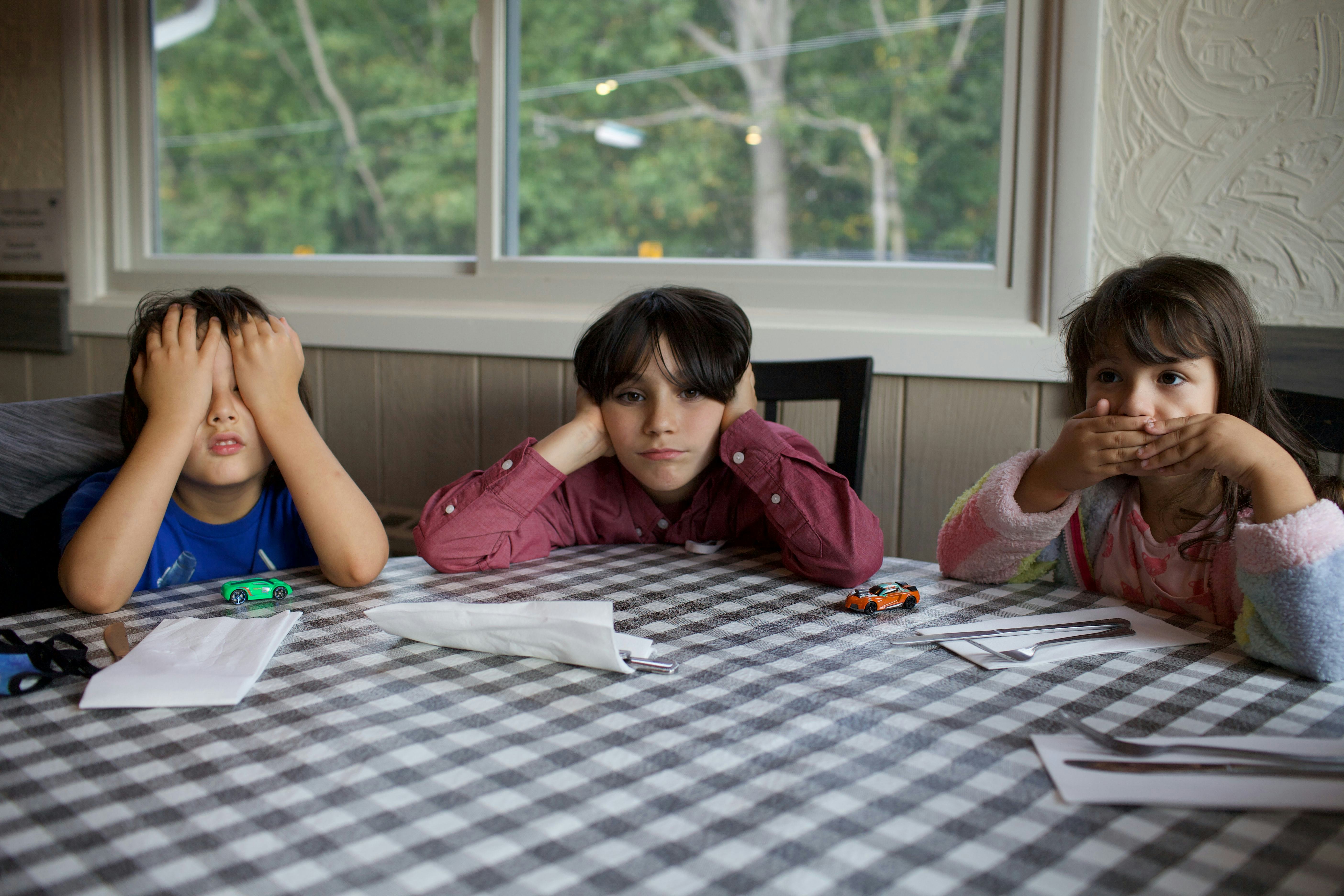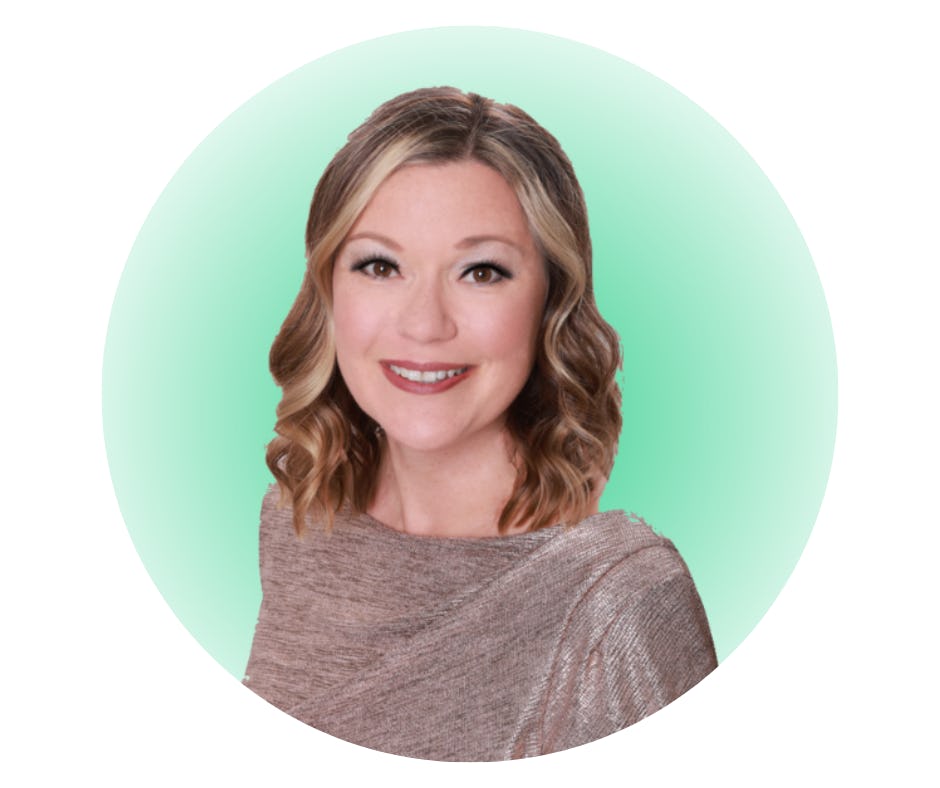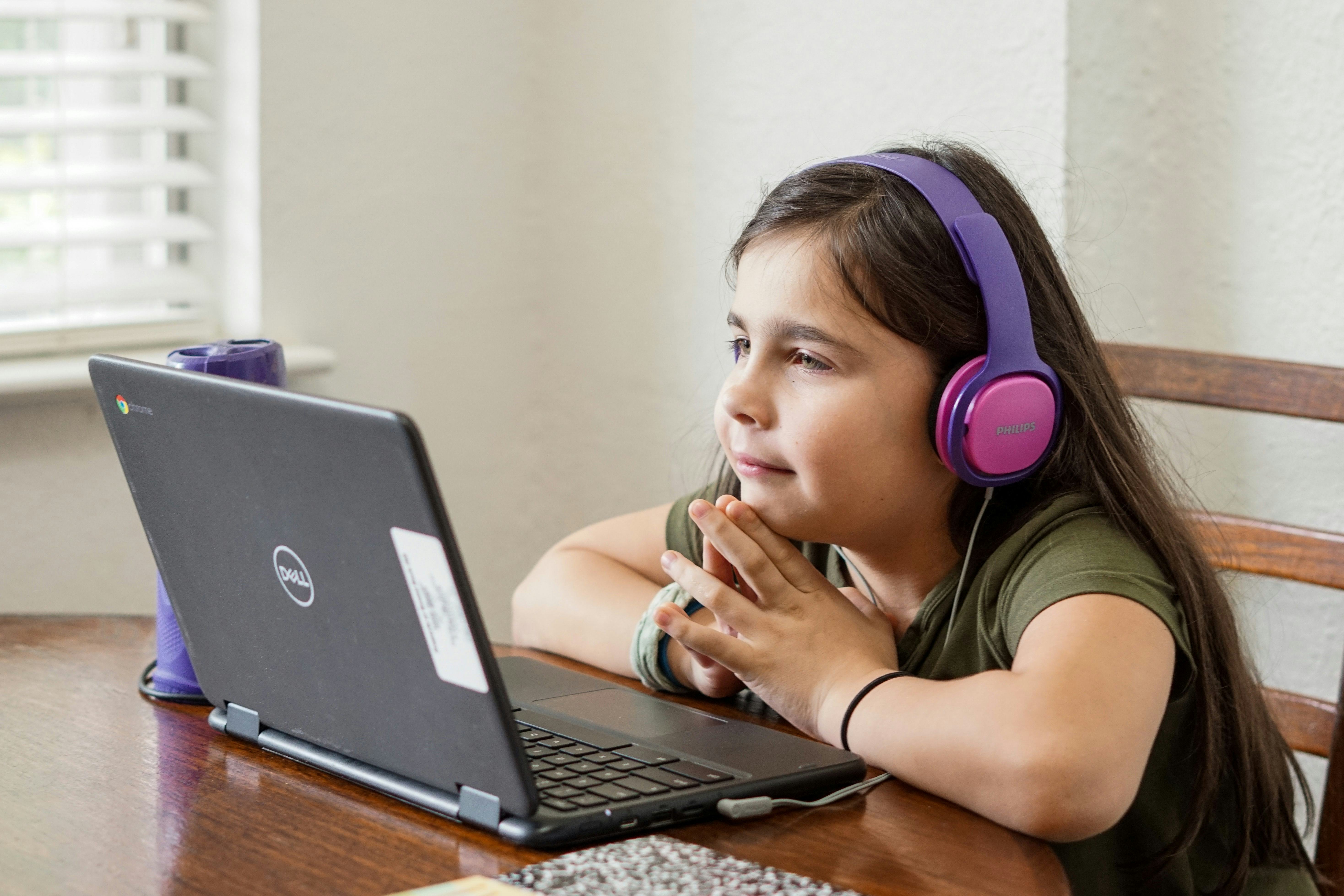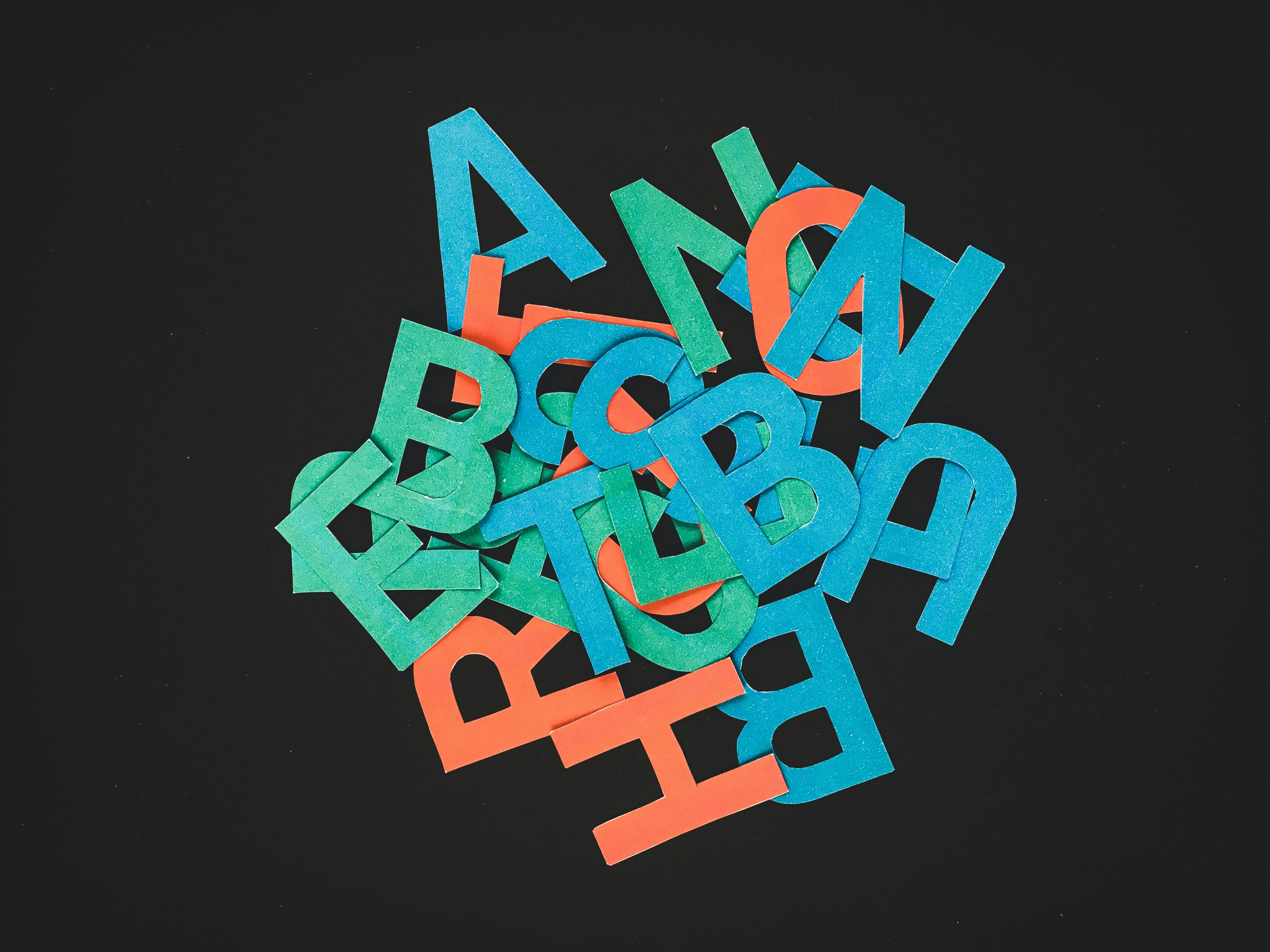So, what does neurodiversity mean exactly?
Neurodiversity is a term that describes the natural variation in the human brain. Everyone is included because neurodiversity is a biological fact, no two minds are alike. Therefore, we are all neurodiverse.
Neurodiversity = Natural.
Neurodivergent refers to a person with a brain that functions differently from most of the population. 15-20% of people are believed to be neurodivergent.
Neurotypical is a term often confused with “normal” but try to consider it the opposite of neurodivergent. Neurotypical often describes a mind that does not deviate from “common” in the general population.
What does this mean for me as an educator, and for my students?
Neurodiverse individuals may feel the need to act differently from who they are in order to accommodate society’s views of “normal”. This behaviour is called masking- the intentional covering up of unique traits or preferences to “fit in”. It can be very harmful to one’s sense of self and may lead to depression or anxiety.
For example, a student may feel pressure to go to a school dance because their peers are going, despite the fact the loud noise overwhelms them, and they would benefit from quiet social activities.
What can I do to help neurodivergent students in my classroom?
The best thing an educator, caregiver, or peer can do is to encourage anyone they encounter to drop the mask. Allowing everyone to express themselves authentically can lead to improvements in mental health.
Neurodiversity Affirming Actions:
1. Be mindful of what you consider normative traits and what biases you may have about how someone should think, feel, and act.
2. Listen and learn from neurodivergent people.
3. Focus on strengths.
4. Reflect on your use of the following words and how they may perpetuate stereotypes and negative views of neurodivergent individuals: Treat, Cure, Disorder, Disability.





